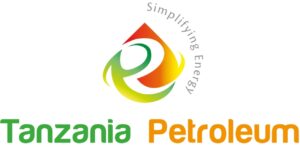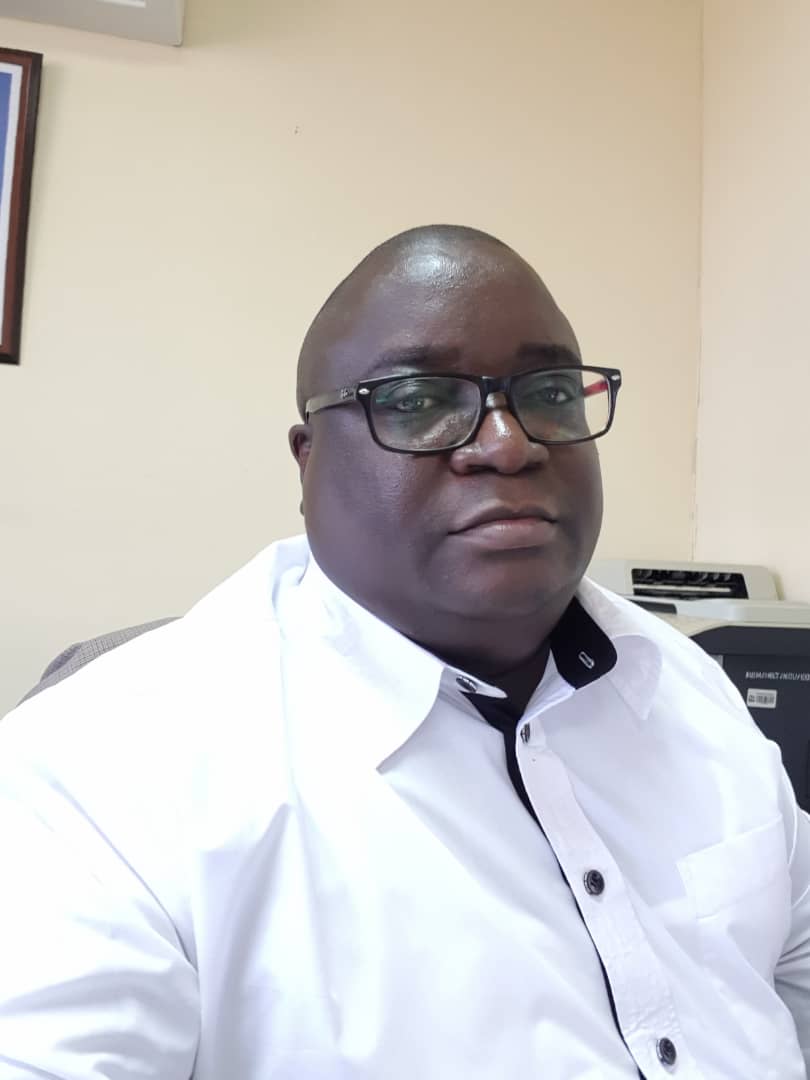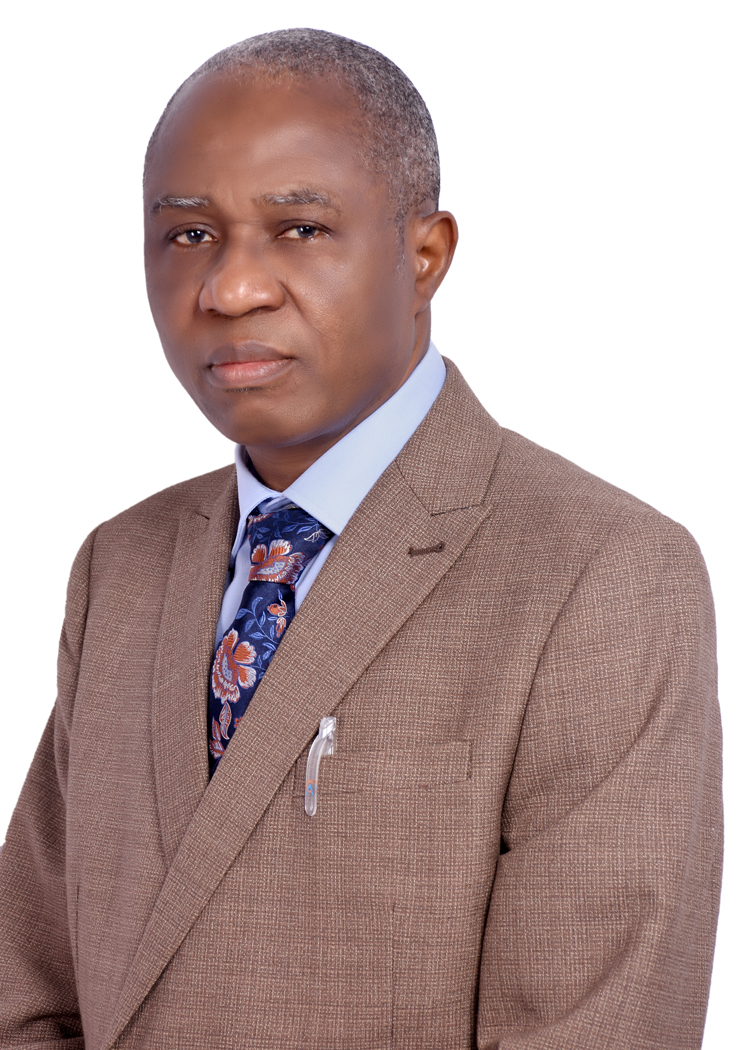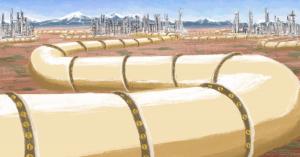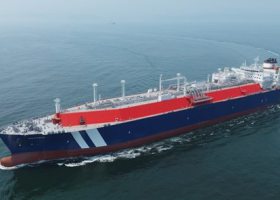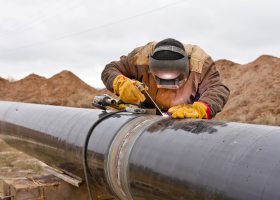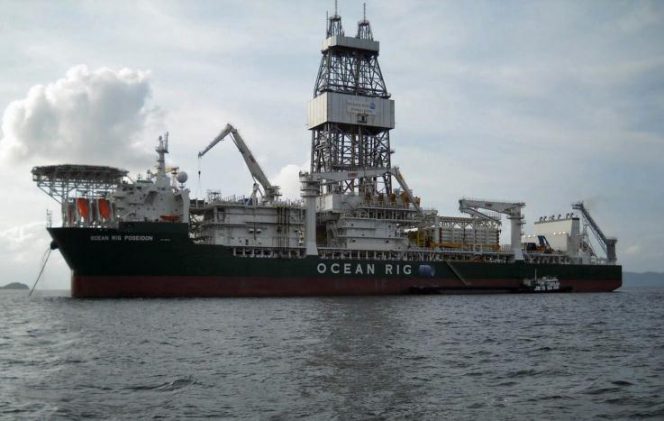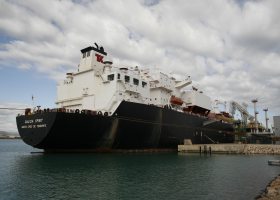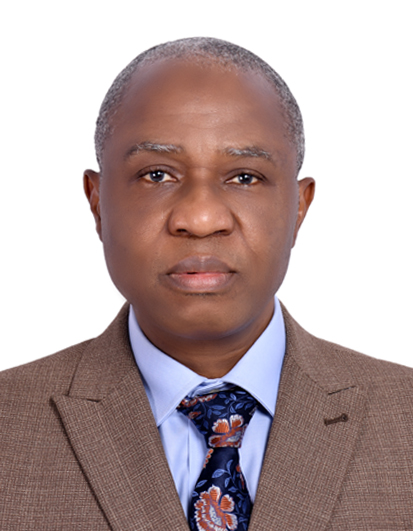
Dapo Ayoola, C.E.O Zenith Professional Training
In this interview, Oladapo Ayoola, CEO, Sub Saharan Africa Upstream Oil and Gas Summit speaks on the forthcoming conference in Tanzania and need for collaboration between operators on the continent’s Oil, gas sector.
HUSSEIN BOFFU brings the excerpts.
Can you tell us about the Tanzania conference?
This year’s summit will provide opportunities for practitioners and investors to showcase what we already have, exchange ideas on what we are doing rightly and what we can learn from each other-West Africa learning from east Africa, east Africa copying best practices from West Africa and South Africa.
From April 10, we will discuss the unique investment opportunities in east Africa with a focus on Tanzania. We are asking PURA (Petroleum Upstream Regulatory Authority) of Tanzania to come and tell us what we need to do for a successful investment.
We have asked the CEO of Petroleum Commission of Ghana to come and talk to us. This is because if investors know what the fiscal policies are and what the procedures are, it would be easier for them.
Nigeria is a success story of so many indigenous entrepreneurs who have gone not just into downstream but Exploration and Production. We have many success stories to take to the rest of Africa such as Eroton, Aiteo, Amni, Seplat among others.
At the summit, we will also discuss funding opportunities. Can we pull together as a continent and fund genuine investment opportunities on our soil?
You’ve talked about the success stories and funding opportunities, how do you hope the conference will tackle some of the challenges in the sector?
Like in any sector, the challenges are there but the way we are approaching the challenges is focusing on opportunities and talking to regulators. If regulators are upfront with investors by telling them what they need to do and then we get a checklist, that’s all an investor wants to know.
The investor wants to know what the challenges are and that’s why on the 10 th, we will be bringing key regulators to come and talk to investors and say, “this is what we’d be asking of you”
The other challenge is funding. On the other hand is technology. In terms of manpower, Nigerians are as brilliant as any other part of the world. What we have not been able to put together is our own funding mechanism. Another issue we have not perfected is technology.
We know that if you have the right personnel, you know the fiscal policies of the country, then you can bring a huge pocket to your advantage, then you buy the technology and then we have the capacity to deliver.
Can you share some of the success stories of the past events?
Despite it being an up and coming platform, we are beginning to see the impact.
Specifically, during the first edition in 2015, Nigeria Petroleum Exchange (NIPEX) was there and they had a stand. We had a gentleman there from Uganda. Today, NIPEX is consulting for Uganda regulators, supporting them on how to start a Petroleum Exchange which will be the first in East Africa. That is a nation to nation benefit.
There are also individuals who are consultants who have met and relationships formed for mutual commercial benefits.
Last year, we broke new grounds. We brought about 25 oil and gas host community members who came to the platform to say what they would like to see and how best they can make the relationship between them and oil companies a beneficial one.
We also introduced Women in Petroleum forum. The leadership in the petroleum sector is male dominated. I have a brilliant young daughter in the university who I’d like to be given a fair level playing ground. One point we made last year was to explain that even if that young girl is studying finance, there is a place for her in oil and gas.
A popular misconception is that one need to study engineering to work in Oil and Gas but there is someone who runs the Administration, Community engagement, finance and IT. It is a basket where everything must be present for the smooth running of the organization. We are saying the girl child has a place in the oil and gas.
So, we are calling on women who have achieved success in the oil and gas industry to mentor young ladies right from the university. We are widening the platform as part of our own contribution.
You’ve introduced Renewables as one of the focal point of this conference. What do you hope to achieve with this?
In Africa, we cannot do without the issue of renewable because we have huge potential that we are not harnessing. We have the Solar, Wind.
When we were younger, we all knew electricity comes from Kainji Dam which is hydro. And now we know that our sun is now being tapped into for solar energy. Technology is going towards that sector. We are aiming to service the same market. So, both sectors must meet at some point.
It is an item that will feature on the 2019 agenda at the conference.
Any final word?
I would like to invite everybody who is a key player in the sector to join us in Dar es salam , Tanzania on April 9-11, whether you are a geoscientist focused in exploration or an you are in HSE, Engineere, Community Engagement Officer , an investor.
It is the place to be.
This is where we prepare for the future of the continent where somebody who sits in Kampala, Uganda should be able to look through his table, bring out the card of an African specialist that he has met somewhere and then collaborate.
There is no reason why Tanzania should be going in search of consultants in Europe when Nigeria has 60 years experience. You can imagine the number of people who have retired with the wealth of experience.
So, why are we not sharing best practice? Why importing from somewhere where they don’t understand our peculiar community challenges? This is the platform for the future. It is a platform created by Africans for Africans for us to meet on our soil to exchange ideas and best practices to further harness the huge potential of the Oil and gas reserves on the continent.
